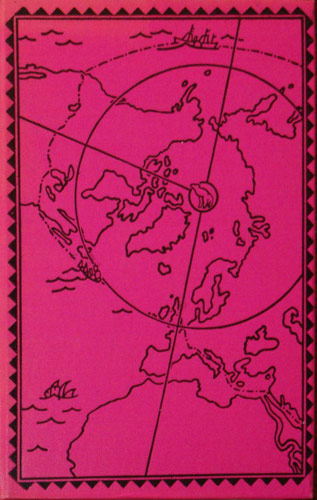

Part Two.: Chapter 15: Accident or Incident Part Two.: Chapter 12: Cachalots and Whales

Part Two.: Chapter 10: The Submarine Coal-Mines Part Two.: Chapter 9: A Vanished Continent Part Two.: Chapter 7: The Mediterranean In Forty-Eight Hours Part Two.: Chapter 6: The Grecian Archipelago Part Two.: Chapter 3: A Pearl of Ten Millions Part Two.: Chapter 2: A Novel Proposal of Captain Nemo's Part One.: Chapter 21: Captain Nemo's Thunderbolt Part One.: Chapter 20: A Few Days on Land Part One.: Chapter 17: Four Thousand Leagues Under the Pacific Part One.: Chapter 16: A Submarine Forest Part One.: Chapter 15: A Walk On the Bottom of the Sea Part One.: Chapter 14: A Note of Invitation Part One.: Chapter 11: All by Electricity

Part One.: Chapter 10: The Man of the Seas

Part One.: Chapter 7: An Unknown Species of Whale Part One.: Chapter 3: I Form My Resolution Readers should note that "Twenty Thousand Leagues" is not the depth to which the Nautilus dives - the ocean is not that deep - but describes the distance traveled under the surface of the ocean as the ship and crew adventure around the globe. While there were submarines in existence when the book was written, they were primitive affairs and it took a feat of imagination for the writer to produce his vision of what an underwater craft would look like in the future. In particular, the description of the Nautilus is rather prophetic and a fitting description for modern submarines. This great adventure story is notable for being more scientifically accurate than some of Verne's other novels. The American government sponsors the mission. In the story, Captain Nemo pilots his vessel, the Nautilus, on an adventure in search of a sea monster that was sighted by a number of ships in 1866. It is featured in our Science Fiction Guide and Books for Young Readers 20,000 Leagues Under the Sea also known under its longer title, Twenty Thousand Leagues Under the Seas: An Underwater Tour of the World, is classic science fiction novel written by Jules Verne that was first published in 1870.


 0 kommentar(er)
0 kommentar(er)
